The size of the tag is not the only difference between far-field and near-field RFID technology. This article takes a closer look at how parameters and antennas can be modified to optimize the reading performance of near-field tags.
You can roughly divide UHF RFID into two categories based on the mechanism, in which the energy is transmitted from the reader antenna to the tag antenna. These mechanisms are far-field and near-field UHF RFID. Far-field UHF RFID uses electromagnetic radiation, while near-field UHF RFID relies solely on a magnetic field.
THE THEORY BEHIND THE CURTAIN
In near-field UHF RFID the strength of the magnetic field will decrease very rapidly as the distance between the reader antenna and the tag antenna increases. This makes the reading range of a near-field tag quite limited.
A rule of thumb is that near-field UHF RFID is sufficient up to a distance of about one wavelength, which in UHF frequencies equals about 30 cm or 12 inches. If the reading distance exceeds that, the tag is required to have an antenna structure that is capable of capturing electromagnetic radiation. The required antenna structure impacts the size of the tag, making far-field tags rather big. For this reason, the main visible difference between far-field and near-field tags is the size. Whereas typical far-field tags have a length of about 5-10 cm (2-4 inches), near-field tags can be even smaller than a coin.
The extremely small form factor of near-field tags has opened up new markets and opportunities to use UHF RFID. It is now possible to tag even the smallest of items. Especially the cosmetics and jewellery industries in retail are leading the way in near-field RFID technology. Their items were earlier almost impossible to tag on item-level, because of the big size of the tags.
OPTIMIZING THE ANTENNA PARAMETERS
When designing the UHF RFID reader antenna, it is possible to optimize certain parameters, for example gain, SWVR, radiation pattern, polarization etc. to fit the chosen tag type.
Most of these parameters are used for describing and optimizing the performance of far-field transmission. When we want to optimize the antenna for near-field performance, the parameters to be changed are usually the strength of the magnetic field, and especially, how evenly the magnetic field is distributed along the surface of the antenna.
When the magnetic field is evenly distributed, it enables reading near-field tags in all locations along the antenna surface. This will improve the reliability of the reading when reading large near-field tag populations and especially when the tags are located very close to each other.
MODIFYING THE ANTENNA TO AVOID DEAD SPOTS IN NEAR-FIELD READING
Picture 1 below shows the magnetic field distribution of a traditional loop-antenna. As seen in the picture, the field is strong where the loop wires/tracks are located (the green areas), but weakens as we go to the center of the antenna surface (the blue areas). The same kind of distribution is shown in picture 2, which shows the field distribution of a patch-antenna. It is good to remember that patch antennas are the most common antenna types in fixed RFID readers. So, if you have ever wondered why you are unable to read small near-field tags when they are positioned in the middle section of the antenna surface, this is the reason.
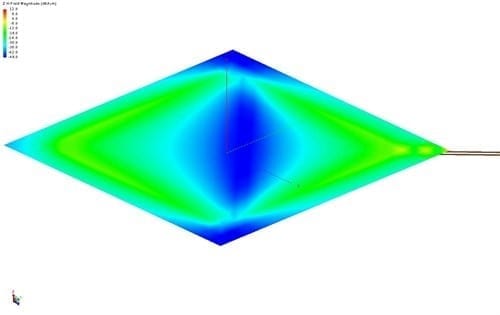
Picture 1. Magnetic field distribution of a traditional loop-antenna.
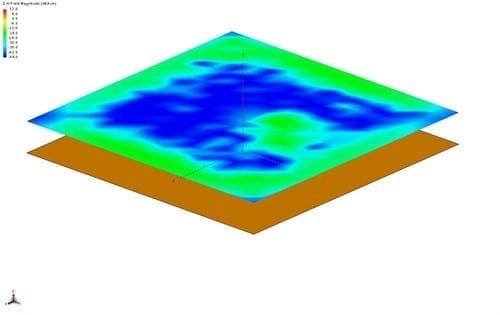
Picture 2. Magnetic field distribution of a patch-antenna.
IMPROVING NEAR-FIELD PERFORMANCE
There are several ways to improve the near-field performance and make the magnetic field more evenly distributed.
A common way is to modify the traditional loop antenna. In a traditional loop the fading of the magnetic field in the center of the structure is caused by this: The direction of the current flow in the conductor lines changes to the opposed direction every quarter of a wavelength. And, in the same way, the direction of the magnetic field vector in the center generated by the currents changes. These opposed field vectors in the middle of the antenna cancel each other, causing the fading in the center. Picture 3 shows the direction of the current flow in a traditional loop-antenna.
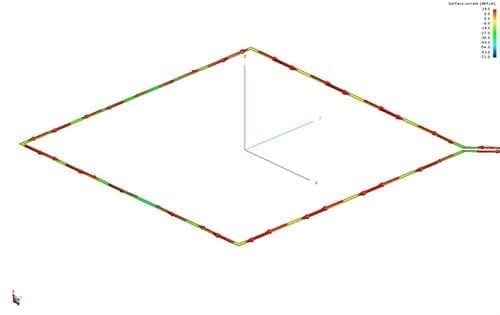
Picture 3. Direction of the current flow in a traditional loop-antenna.
What we need to do is to modify the loop structure, so that the direction of the current flow will not change the loop conductors. We can either shorten the loop to be shorter than a quarter wavelength or add series capacitance to the loop conductors, since adding capacitance makes the loop shorter from an electrical point of view.
We can add the capacitance by cutting the conductors evenly. Two metal plates create a capacitor. When capacitance is correctly added, the loop will be electrically shorter than its physical length. Picture 4 shows the current flow in this kind of segmented loop-antenna. Note that the direction is not changing along the way.
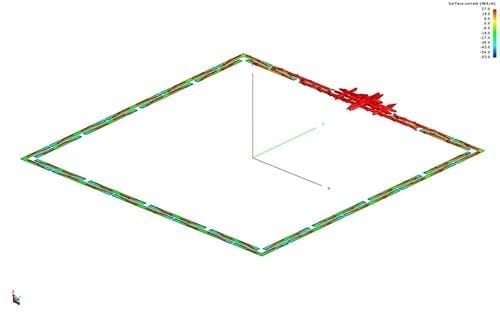
Picture 4. Direction of the current flow in a segmented loop-antenna.
Now that the direction is not constantly changing, the magnetic field in the center is not being cancelled and as a result, it will be quite evenly distributed along the surface of the antenna structure. This allows near-field tags to be read in every location of the surface. No more dead spots.
The magnetic field distribution of a segmented loop-antenna is shown in picture 5. As you can see, there is a significant difference in the field distribution when compared to the magnetic fields of traditional loop and patch antennas shown in pictures 1 and 2.
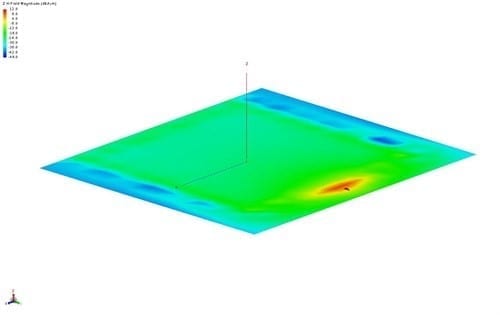
FROM THEORY TO PRAXIS
We have tested the near-field antennas inside our own products; for instance Nordic ID Sampo. We noticed that the theory described in this article does work in real-life situations as well.
By using the modified antennas, while reading small near-field tags, inventory could be performed faster and with more accurate results. We also gained verification that there were no longer dead spots, where near-field tags were impossible to read.
Did you already read about how the user impacts reading patterns? If not, learn more in our expert article.